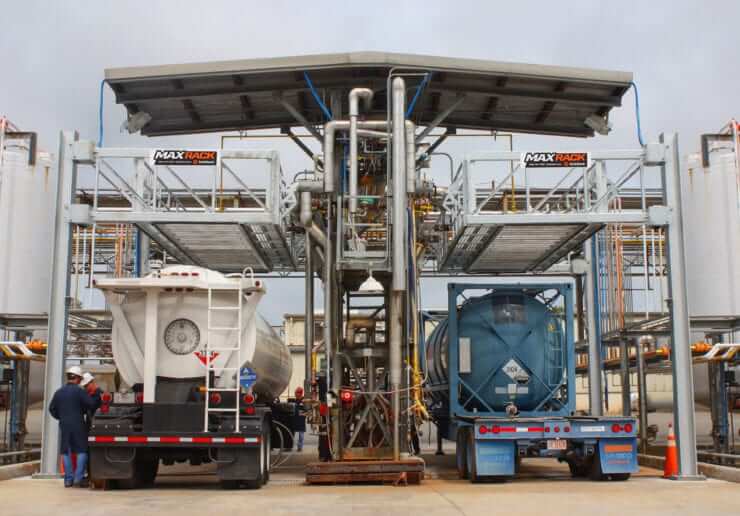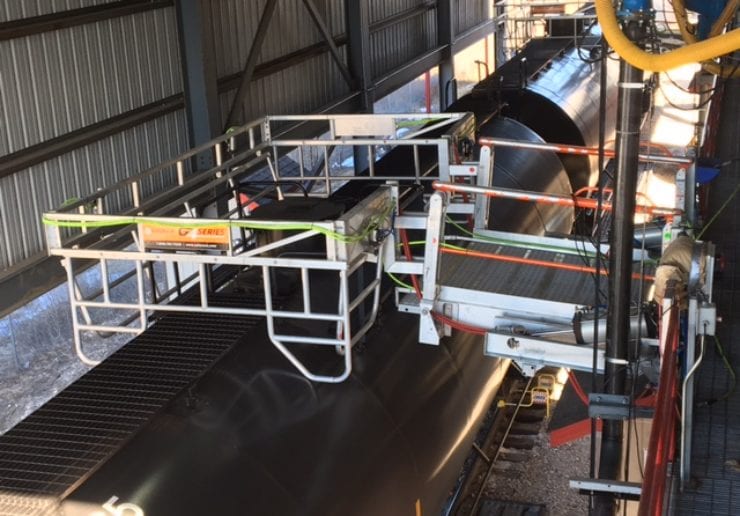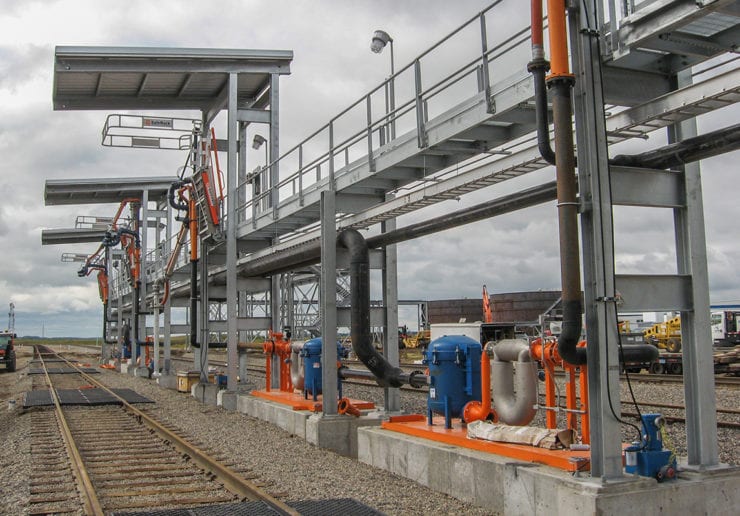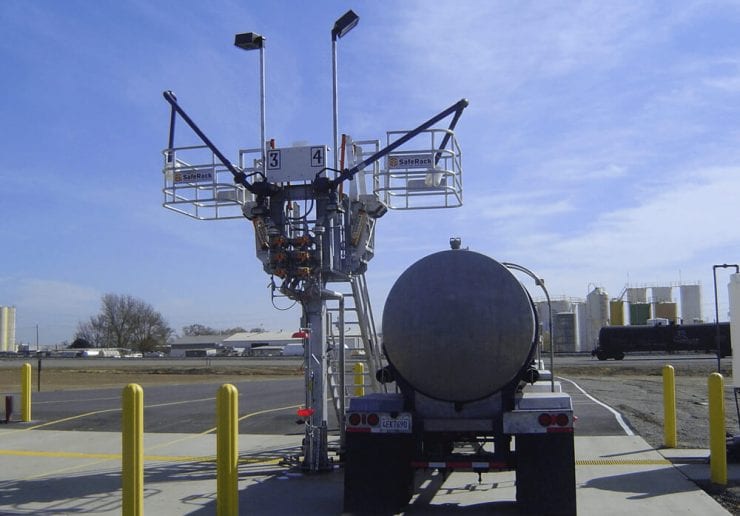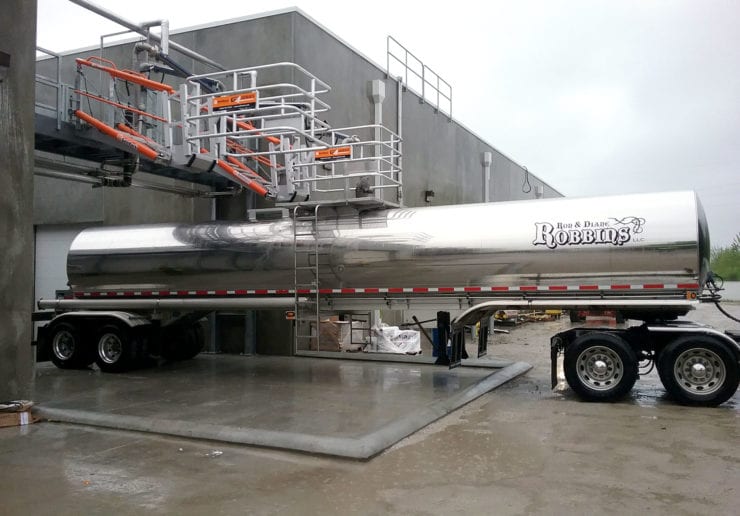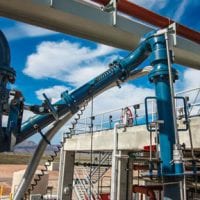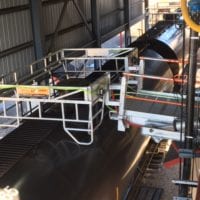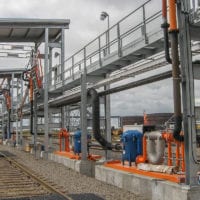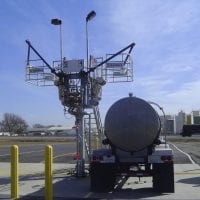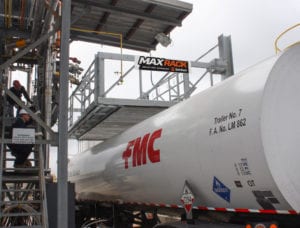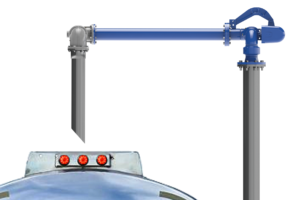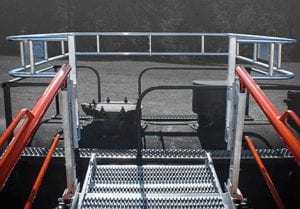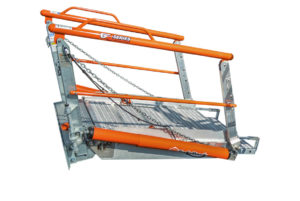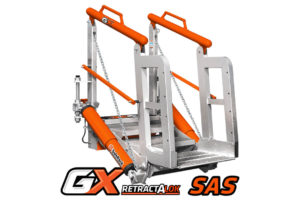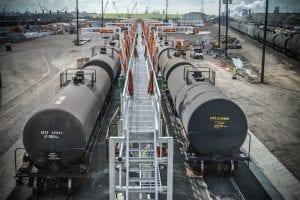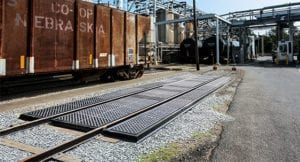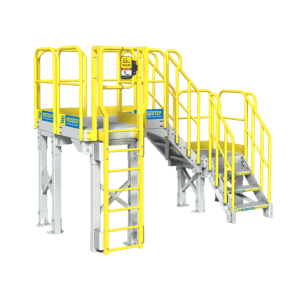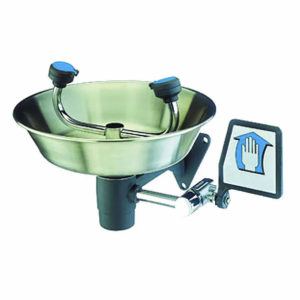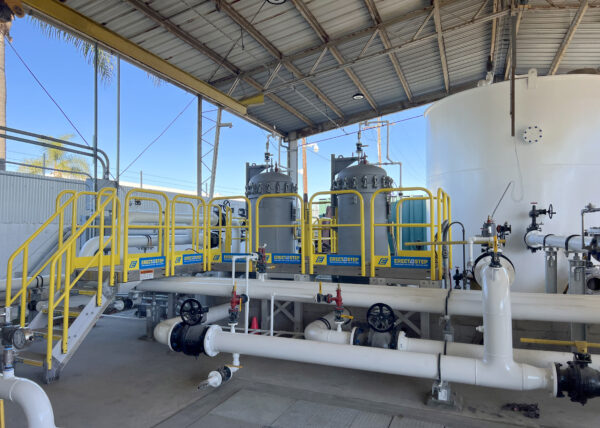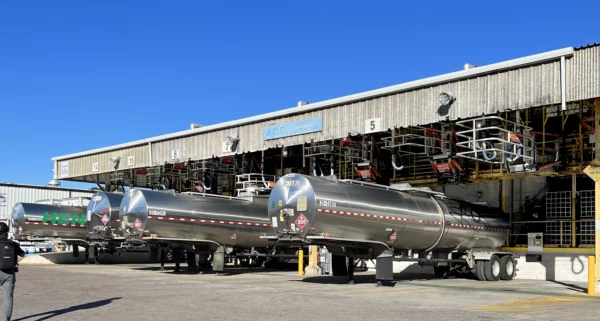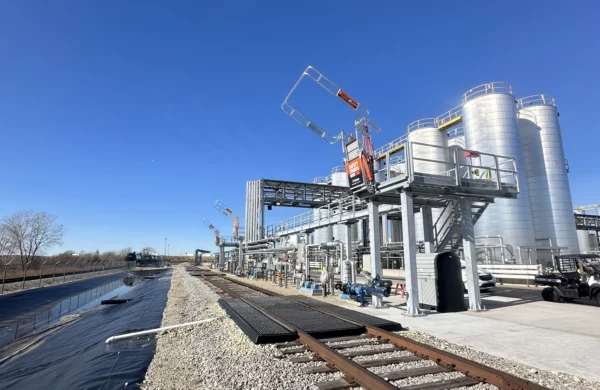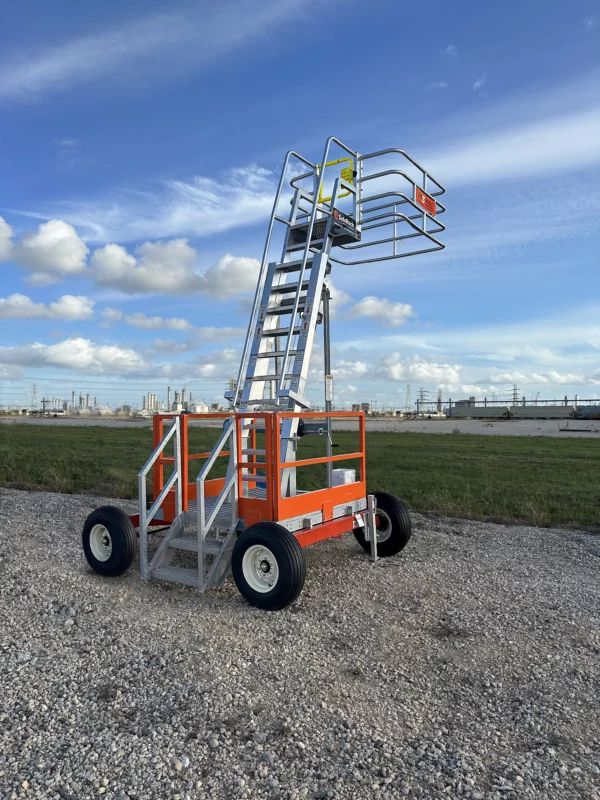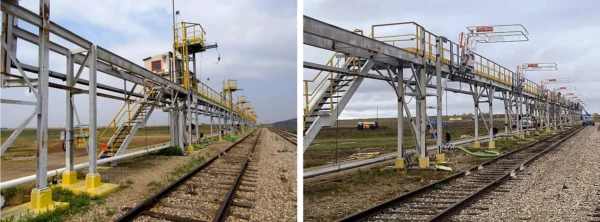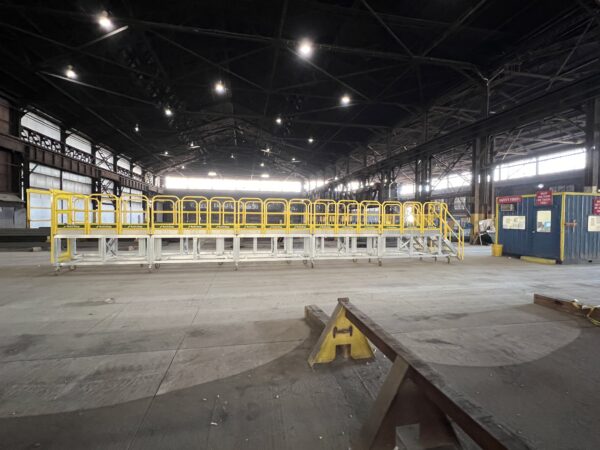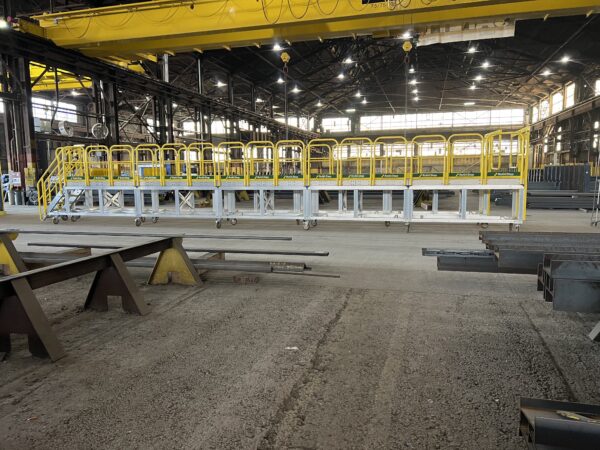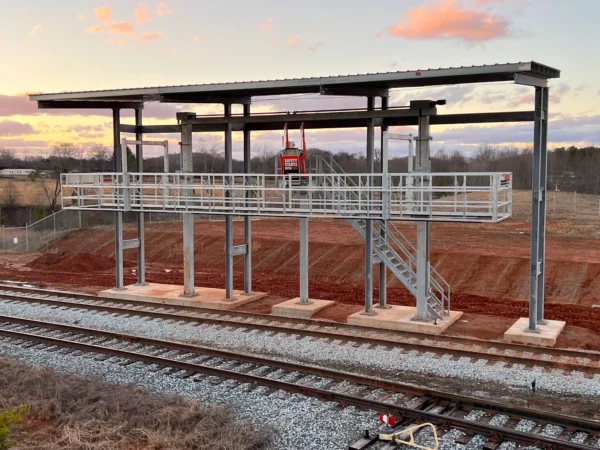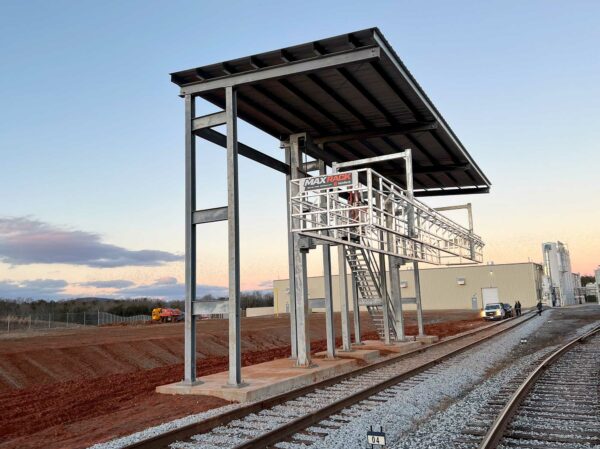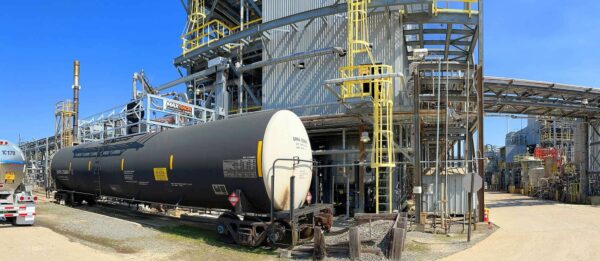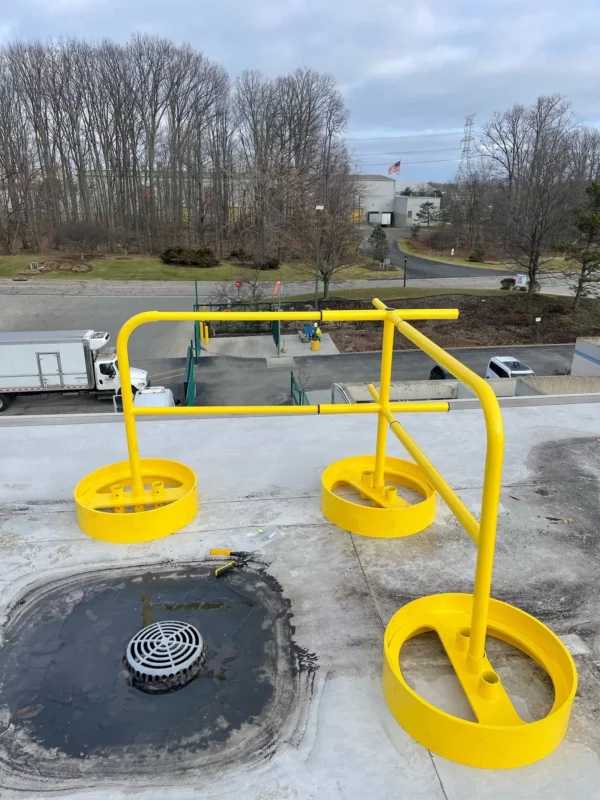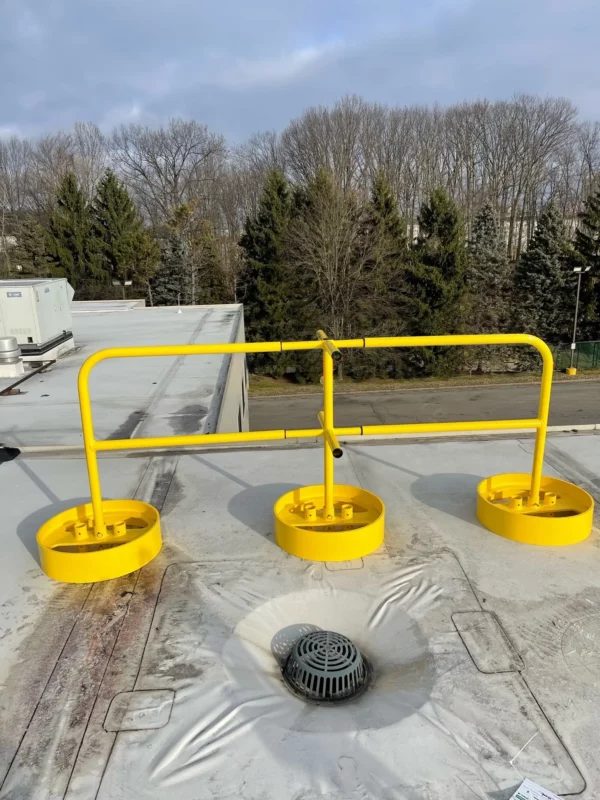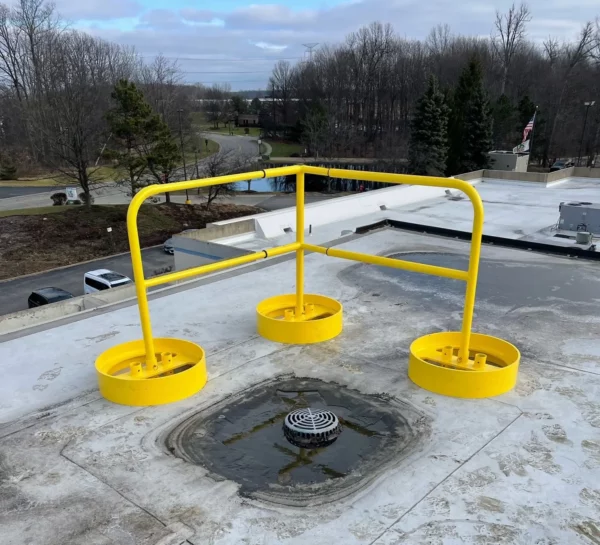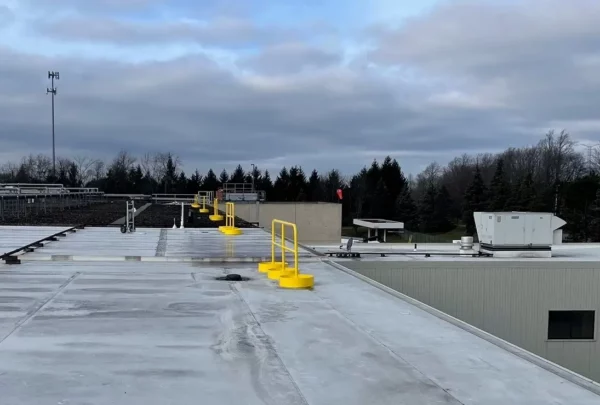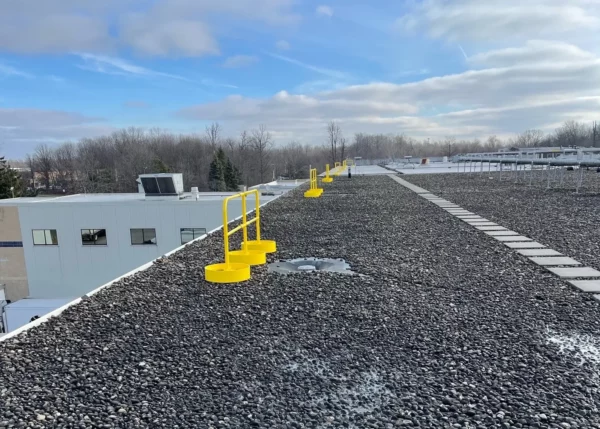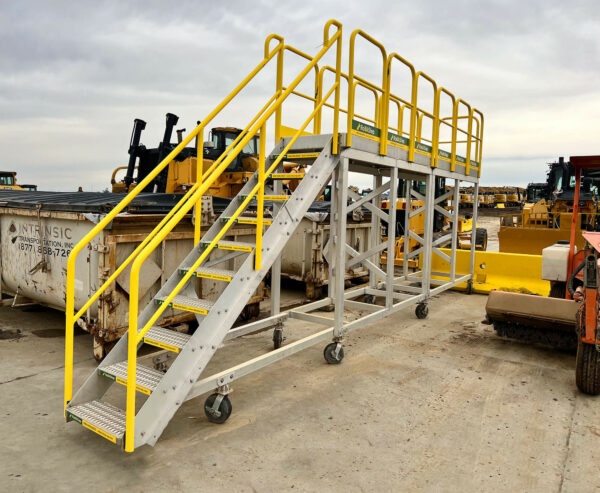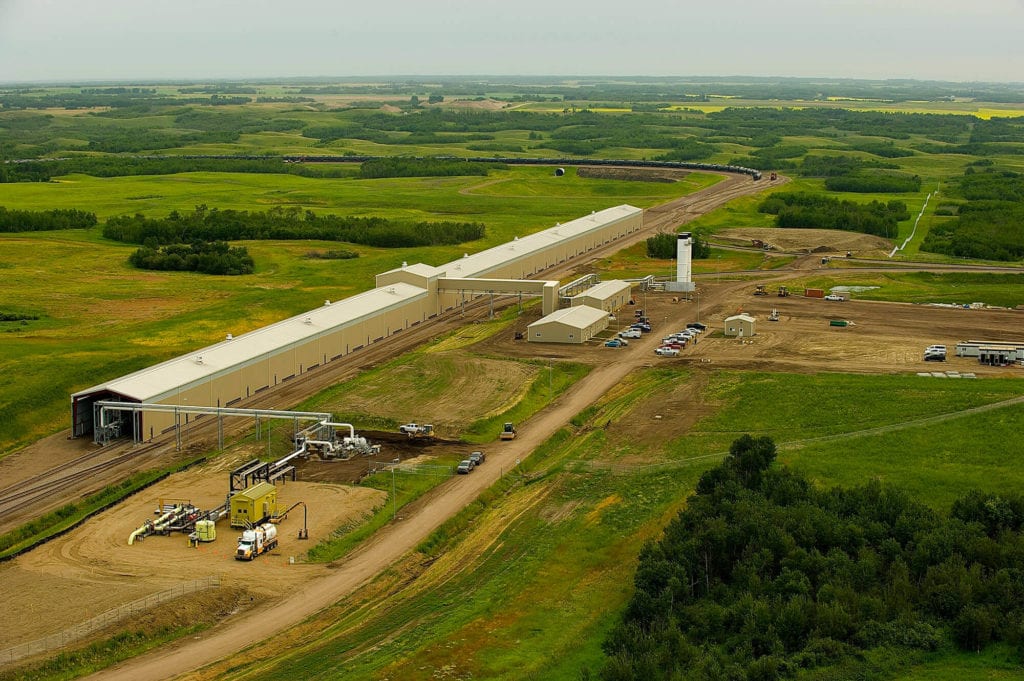Get a quote, configure a custom safety solution or ask a question. We're here to help!








- Spill ContainmentMore …Loading Safety CagesMore …
SafeRack Worldwide
We pride ourselves on one-on-one customer service. When you call SafeRack, we'll be there to answer your questions with a combined experience of 400+ years.
Select your region below.- View Products
- Railcar & Truck Loading Platforms
- Gangways & Loading Ramps
- Stairs, Platforms & Ladders
- Mobile Ladders & Platforms
- Loading Arms & Fluid Transfer
- Safety Gates & Traffic Control
- Aviation & Aerospace Access
- Marine Access & Loading
- Grounding & Monitoring
- Spill Containment
- Loading Safety Cages
- Transloaders & Skids
- Shelters & Canopies
- Fall Protection
- Terminal & Speciality
Home / Industries / Bulk Chemical Loading / Petrochemical Loading SolutionsPetrochemical Loading Solutions
Petrochemical Handling Design and Installation Experts
SafeRack takes worker safety very seriously and offers a full range of products and equipment designed specifically to reduce the risks associated with Petrochemical transportation while improving loading and unloading throughput.
Operator and Environmental Safety – SafeRack has been providing safe, reliable platforms, handrails, and gangway solutions to the chemical industry for many years. From multifaceted fall prevention retrofits to new builds, SafeRack’s priorities are operator and environmental safety while still focusing on creating an efficient and productive solution that allows a significant return on investment.
Chemical Loading & Handling:
Acetic Acid | Acetic Anhydride | Acetonitrile | Acrolein | Acrylic Acid | Acrylonitrile | Aluminum Chloride | Aluminum Sulfate | Ammonium Hydroxide | Ammonium Nitrate | Aniline | Benzyl Chloride | Bromotrifluoromethane | Caustic | Chlorine | Chloroform | Chlorosulfonic Acid | Diethylene Glycol | Dimethylformamide | Dodecylbenzene Sulfonic Acid | Ethanol | Ethyl Acetate | Ethyl Chloride | Ethylene Dichloride | Ethylene Glycol | Ethylene Oxide | Ferric Chloride | Ferrous Chloride | Hexane | Hydrogen Peroxide| Hydrochloric Acid | Hydrofluoric Acid | Hydrofluorosilicic Acid | Hydrogen Cyanide | Hydrogen Peroxide | Hypochlorous Acid | Isopropyl Acetate | Liquid Argon | Liquid Nitrogen | Liquid Oxygen | Maleic Anhydride | Methyl Chloride | Nitric Acid | Oleum | Phosphoric Acid | Phosphorus Chloride | Phosphorus Trichloride | Polypropylene | Titanium Tetrachloride | Sodium Cyanide | Sodium Hypochlorite | Sodium Hydroxide | Styrene Monomer | Sulfuric Acid | Sulfur Dioxide | Titanium Tetrachloride | Turpentine | Vinyl Acetate | Vinyl Chloride | Zinc Chloride
Petro Chemical
Benzene | Butadiene | Carbon Dioxide | Ethylene | Methanol | Methyl Ethyl Ketone | Methyl Methacrylate | MDI | Molten Sulphur | Phenol | Polypropylene | Toluene | Xylene

















Question, Get a Quote, Live Demo or Request an On-Site Visit
Our experts simplify the complex
View Full TextPetrochemicals are made from either petroleum or natural gas feedstock. A wide variety of petrochemicals are created/produced depending on the process.
- Aromatics – Aromatics are hydrocarbons that consist exclusively of the elements carbon and hydrogen. Common Aromatics are Benzene, Toluene, and Xylenes. Often used for creating Dyes, synthetic detergents, fibers, and plastics.The catalytic reforming of naphtha produces aromatics, which include benzene, toluene, and xylene. Together they are referred to as BTX and are predominantly obtained from petroleum refineries by the extraction from the reformate produced in catalytic reformers using naphtha obtained from petroleum refineries.
- Olefins – The most reactive class of hydrocarbons tend to crack. Common Olefins are Ethylene, Propylene, and Butadiene. Often used for creating plastics, and synthetic rubber. Chemical plants produce olefins by steam cracking of natural gas liquids like ethane and propane. Olefins include ethene, propene, and butadiene. Ethylene and propylene are chief sources of both plastic products and industrial chemicals. Butadiene is mainly used in the production of synthetic rubber.
- Synthesis gas (SynGas) – A mixture comprising of carbon monoxide, carbon dioxide, and hydrogen. Common Synthesis Gas is Ammonia and Methanol. Often used for creating Fertilizers and explosives. Synthesis gas is a mixture of carbon monoxide and hydrogen used to make ammonia and methanol. Ammonia is used to make the fertilizer urea, and methanol is used as a solvent and chemical intermediate. Steam crackers are not to be confused with steam reforming plants used to produce hydrogen and ammonia.
Petro-Chemical Unloading and Loading Products
SafeRack provides the equipment needed to keep employees safe and expedite the loading and unloading of chemicals used in agriculture.
Not just a byproduct.
From medicine to mobile phones, from plastics to paints, and from solar panels to space suits, what do these items all have in common? They are they made from petrochemicals – the building blocks of our modern life.

Petrochemicals (petroleum distillates) are the chemical products obtained from petroleum products during the refining process. Chemical compounds made can be obtained from other fossil fuels and renewable resources, such as coal or natural gas, maize, palm fruit, or sugar cane. As with other chemicals, petrochemicals can be very volatile and toxic and pose significant health and environmental risks when mishandled during loading and unloading.
OSHA & Local Safety Compliance
OSHA Regulation Experts – Does your existing chemical safety equipment or chemical loading systems meet OSHA’s latest requirements? SafeRack’s professional technical sales consultants are available to meet with your team to make recommendations to keep your facility in front of OSHA’s ever-changing country and region-specific standards and regulations, including metal stairs, loading platforms, and platform handrails. Request a Free On-Site Safety Evaluation

Is your plant or facility compliant with ANSI, OSHA, and local safety codes? We can help!


EMERGENCY EYEWASHES / SHOWER EQUIPMENT AND THE ANSI/ISEA Z358.1 – 2014 STANDARD
Following eye contact, you must start washing with water immediately to prevent permanent damage. In the event of skin contact, you must start washing with water immediately to prevent slow-healing chemical burns.
Are you aware that ANSI guidelines state that Eye Wash/Drench Showers need to be located 10 seconds or 55′ from contaminates or hazardous materials and located on the same horizontal plane, with no obstructions? If bottom loading/unloading, an additional shower should be located at grade as well. SafeRack provides the above equipment plus much more needed to keep employees safe and expedite bulk chemical loading and unloading.
OSHA Regulation Experts – Does your existing chemical safety equipment or chemical loading systems meet OSHA’s latest requirements? SafeRack’s professional technical sales consultants are available to meet with your team to make recommendations to keep your facility in front of OSHA’s ever-changing country and region-specific standards and regulations, including lifeline and trolley beam fall arrest systems, metal stairs, and access platforms.
Why SafeRack?
The SafeRack approach is a collaborative one. Let’s call it The SafeRack Way. We have, over many years amassed a great deal of experience and understanding of the safety aspects involved in loading road tankers and railcars, as well as the behavioral habits of the operators.

Experts In Chemical Loading
- Acetic Acid
- Acetic Anhydride
- Acetonitrile
- Acrolein
- Acrylic Acid
- Acrylonitrile
- Aluminum Chloride
- Aluminum Sulfate
- Ammonia
- Ammonium Hydroxide
- Ammonium Nitrate
- Aniline
- Benzene
- Benzyl Chloride
- Bromotrifluoromethane
- Butadiene
- Carbon Dioxide
- Caustic
- Chlorine
- Chloroform
- Chlorosulfonic Acid
- DEF (Diesel Exhaust Fluid)
- Diethylene Glycol
- Dimethylformamide
- Dodecylbenzene Sulfonic Acid
- Ethanol
- Ethyl Acetate
- Ethyl Chloride
- Ethylene
- Ethylene Dichloride
- Ethylene Glycol
- Ethylene Oxide
- Ferric Chloride
- Ferrous Chloride
- Hexane
- Hydrochloric Acid
- Hydrofluoric Acid
- Hydrofluorosilicic Acid
- Hydrogen Cyanide
- Hydrogen Peroxide
- Hydrofluoric Acid
- Hypochlorous Acid
- Isopropyl Acetate
- Liquid Argon
- Liquid Nitrogen
- Liquid Oxygen
- Maleic Anhydride
- MDI
- Methanol
- Methyl Chloride
- Methyl Ethyl Ketone
- Methyl Methacrylate
- Methyl Isocyanate
- Molten Sulphur
- Nitric Acid
- Oleum
- Phenol
- Phosphoric Acid
- Phosphorus Oxychloride
- Phosphorus Trichloride
- Polypropylene
- Renewable Diesel
- Sodium Cyanide
- Sodium Hydroxide
- Sodium Hypochlorite
- Styrene Monomer
- Sulfuric Acid
- Sulfur Dioxide
- Titanium Tetrachloride
- Toluene
- Toluene Diisocyanate
- Turpenitne
- UAN (Urea Ammonium Nitrate)
- UREA
- Vinyl Acetate
- Vinyl Chloride
- Xylene
- Zinc Chloride
- Agro-Chemical
- Specialty Chemical
- Petrochemical

North America’s largest loading terminal
World-leading designer, manufacturer, and installer of truck and railcar loading platforms
As one of the primary railcar loading points, Hardisty is one of the major crude oil hubs in North America and a major origination point of pipelines that export to the United States. SCS was asked to supply and construct a SafeRack crude oil loadout terminal spanning nearly half a mile. The USD Hardisty terminal can load up to two 120-railcar unit trains per day and consists of a fixed loading rack with 62 railcar loading positions enclosed, separate control, operator, and mechanical buildings, as well as a unit train staging area and loop tracks capable of holding multiple unit trains simultaneously. SCS also supplied and installed boom-supported loading arms with supply and vapor management systems.

Quick Quote 866-761-7225
LET US DESIGN YOUR SOLUTION TODAY
Our innovative tools provide 3D visualizations and accurate quotes in minutes.
Get Help NowOrder Now 866-761-7225
Questions or Need a Quote?
Chat live with a knowledgeable and friendly safety expert now.

Bob Kashtan
Located in South Carolina

Joey Robinson
Located in South Carolina

Caelin Lacy
Located in South Carolina

Katie Kelly
Located in South Carolina

Amber Graham
Located in South Carolina












